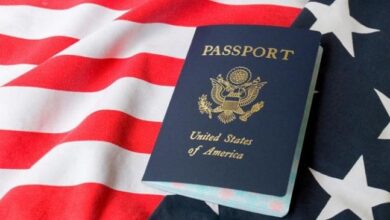Why Pizza Has Grease
Indulging in a slice of pizza is a culinary delight for many, but that unwanted layer of grease can be a turn-off. Despite the mouthwatering aroma and delectable taste, the grease conundrum often leaves pizza lovers seeking ways to enjoy a less greasy slice. In this blog post, we’ll uncover the reasons behind greasy pizzas and share practical tips to make your pizza experience healthier without compromising on flavor.
Why Are Some Pizzas Greasy, and Others Aren’t?
Toppings: The culprits behind greasy pizzas are often the toppings. Pepperoni, a crowd-pleaser, is a major contributor due to its high-fat content. Similarly, the choice of cheese matters; high-fat cheeses release more moisture, contributing to the greasy layer on top.
Crust: Believe it or not, the crust plays a significant role. Thin crust pizzas tend to be greasier as they cook faster, giving the oil more time to spread. Thicker crusts, on the other hand, absorb grease better, resulting in a fluffier and less greasy pizza.
Cooking Practice: The way a pizza is cooked also influences its greasiness. Higher-end dining places often cook pizzas from the bottom up, reducing grease production. If you’re making pizza at home, consider adjusting the cooking temperature to minimize greasiness.
How to Make Pizza Less Greasy: Tips and Tricks
- Bake at a Higher Temperature: Cooking your pizza at a higher temperature, around 400°F, can reduce the cooking time, resulting in a light, fluffy, and less greasy pizza.
- Precook Your Meat: Precooking meats before placing them on the pizza helps to minimize excess oil. Though it may seem an extra step, the payoff is a less greasy and more enjoyable pizza.
- Opt for a Thicker Crust: If you’re a crust enthusiast, consider opting for thicker crusts. They absorb grease better, ensuring a perfect balance between a crispy exterior and a fluffy interior.
- Choose Low-Fat Cheese and Toppings: Make healthier choices by selecting low-fat or skim milk cheeses. Additionally, opt for toppings with lower fat content, such as vegetables, to reduce overall grease production.
Does Blotting Pizza Make It Healthier?
Absolutely! Blotting pizza with a napkin can remove a significant amount of fat and calories. According to Jim White, R.D.N., blotting could save as much as 20 to 40 calories per slice, making it a simple yet effective strategy for a healthier pizza indulgence.
Does Grease Really Matter?
In the grand scheme of things, the presence of grease in pizza adds to its flavor. While healthier options are always encouraged, embracing the occasional greasy slice can be part of enjoying life’s culinary delights.
Conclusion:
Pizza, with its endless topping possibilities, remains a household favorite. By understanding the factors contributing to greasiness and implementing simple tips, you can savor a healthier slice without compromising on taste. So, whether you’re a traditionalist or an adventurous pizza lover, these insights will guide you towards a more enjoyable and guilt-free pizza experience.
